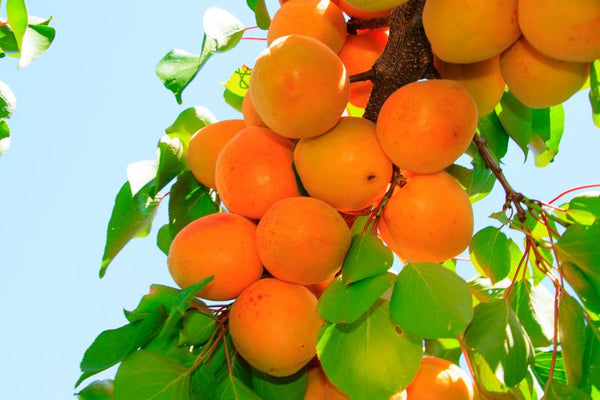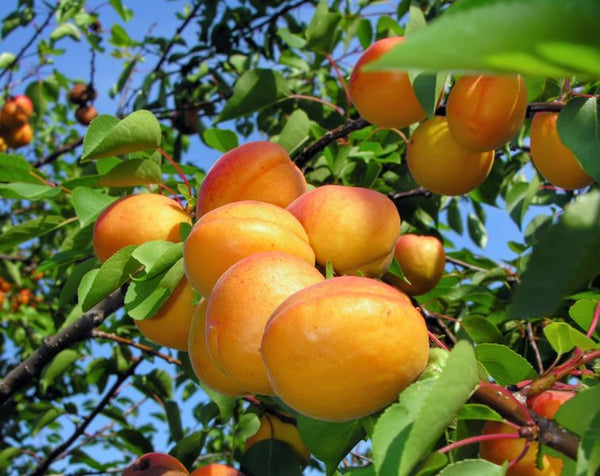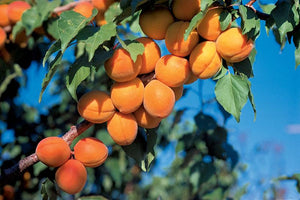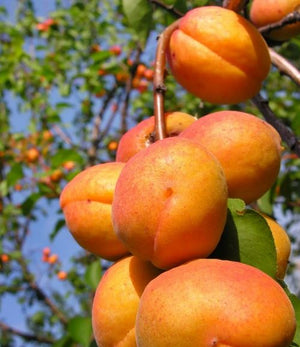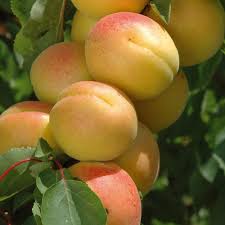TILTON apricot DWARF AND SEMI-DWARF
Shipping calculated at checkout
94 in stock
Need more? Contact us
This tree needs pollination
Compatible trees:
HARCOT apricot DWARF
HARCOT apricot DWARF
HARGLOW apricot DWARF
HARGLOW apricot DWARF
PUGET GOLD apricot DWARF and SEMI-DWARF
PUGET GOLD apricot DWARF and SEMI-DWARF
Available only in spring 2026
NOTE: If no rootstock preference is specified, we will choose it for you.
🍑 Origin & general information
- Botanical name: Prunus armeniaca ‘Tilton’.
- This is a freestone variety (the stone separates easily from the fruit).
- Well established, long-standing, appreciated for its versatile fruit (fresh, dried, canned, etc.).
🌡 Hardiness, climate, exposure
- Hardiness zones: mainly USDA zones 5 to 9, depending on the source.
- Exposure: full sun required, minimum ~6 hours/day.
- Soil: well-drained, loamy or sandy soil, moderately fertile.
📅 Flowering & harvest
- Flowering: in spring, often pink flowers (with five petals) before the leaves.
- Chill hours requirement: around 600-700 hours below ≈ 7°C.
- Harvest: mid-summer, often in July in temperate climates.
✅ Advantages
- Self-fertile: does not necessarily require another cultivar to produce fruit.
- Tasty, aromatic fruit with a firm texture and a good balance between sweetness and acidity.
- Versatile: good for eating fresh, but also for preservation (freezing, drying, canning).
- Yield: good, if properly planted and cared for.
⚠ Limitations/challenges
- Sensitive to spring frost : like many apricot trees, buds or flowers can be damaged if frost persists late into the season.
- Requires good drainage : wet or poorly drained soil is detrimental, with risks of root disease or water stress.
- Do not expect a very abundant harvest in the early years. Like many fruit trees, Tilton takes a few years to become fully productive.
Hardiness Zones
Growth speed
Number of years for production
3 years
Harvest month
Light
Uses / Special remarks

